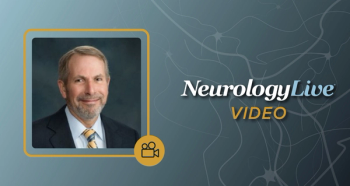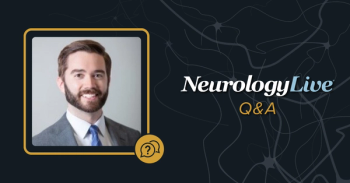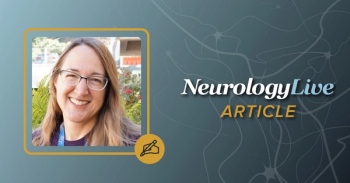
Ongoing Challenges for Neuromuscular and Movement Occupational Therapy: Jess Holguin, OTD, OT/L
Commenting on recent advances and persistent challenges for these patients, the associate professor of clinical occupational therapy at USC Keck Hospital spoke on the need to increase equity and access to care. [WATCH TIME: 6 minutes]
WATCH TIME: 6 minutes
“There's nothing that comes to mind in terms of [a] recent breakthrough in research or therapeutic, that's been developed in terms of how things are provided, and one reason for that is occupational therapy’s approach to assessing and treating in some sense is timeless, even in the presence of the most cutting-edge advancements in understanding. It boils back down to the way in which we participate in our daily routine—the things that we take for granted, the meaningful and the mundane—our nervous system and our bodies are organized to be able to participate in those. So, in a sense, ‘state of the art’ is and will always be: How do we go about performing that which we as a species are designed and required to do?”
Jess Holguin, OTD, OT/L, sat down with NeurologyLive to share unique perspective on the care of patients with neuromuscular disease and movement disorders, discussing the role occupational therapists (OTs) can play in helping to assist those with these conditions, “removing barriers” by assessing patients’ capacities and evaluating how to best maximize their quality of life.
According to Holguin, who is an associate professor of clinical occupational therapy in the Chan Division of Occupational Science and Occupational Therapy at University of Southern California’s Keck Hospital, in Los Angeles, the role of the OT is not as heavily reliant on advances within the field, which are often therapeutically driven and therefore specific to a patient’s individual diagnosis. Whereas other advanced perspectives may have patients integrate computer games as part of treatment, Holguin said, OTs may be more inclined to design treatment that is able to recruit network function, tying therapy back to an activity of daily living.
Holguin further discussed barriers to care and the difficulty of seeing a physician to receive a diagnosis for neuromuscular diseases and movement disorders, which he noted often have accompanying neurocognitive changes that are not always noticed. Improving equity and access to care is something he is actively involved with alongside colleagues at USC Keck, work that has set a goal to focus on these populations in need, ensuring that they can obtain the treatment they need at the onset, as well as following their diagnosis.
Newsletter
Keep your finger on the pulse of neurology—subscribe to NeurologyLive for expert interviews, new data, and breakthrough treatment updates.



























